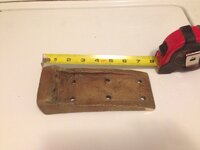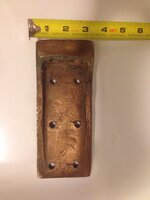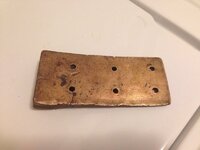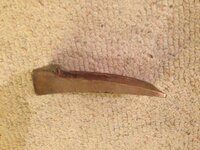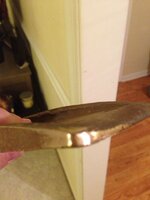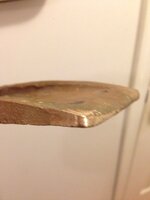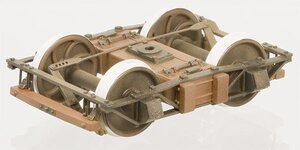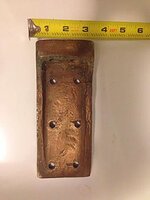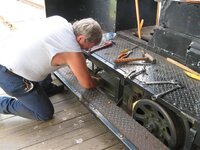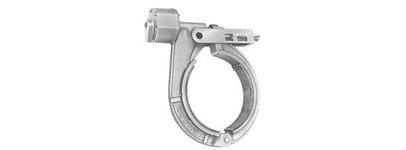sarawisman
Jr. Member
- Feb 25, 2013
- 56
- 35
- Detector(s) used
- Teknetics T2 Limited
Garrett Pinpointer
- Primary Interest:
- Relic Hunting
Found while digging an old home site where there was a civil war camp in Central VA. Took it to an expert in Hanover, VA and he was stumped. I can't remember if he said it was red brass or red bronze. I buffed one corner to show the color and shine. This has been a big mystery and I would love to know what it is and if it has any value. Please help! Thank you!


